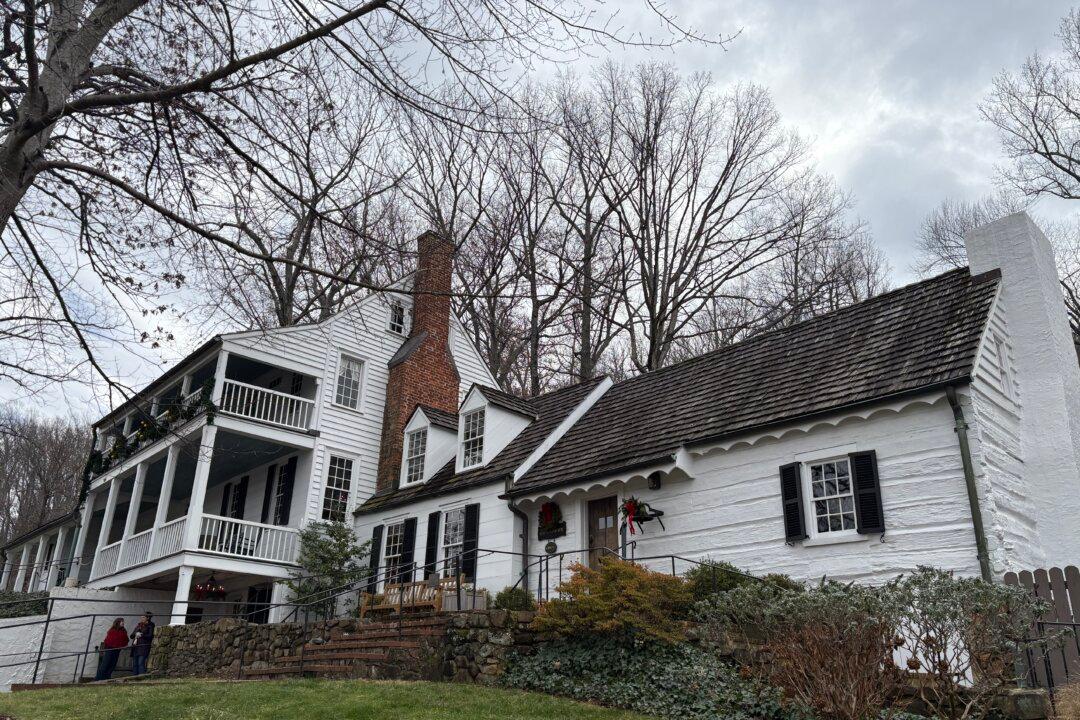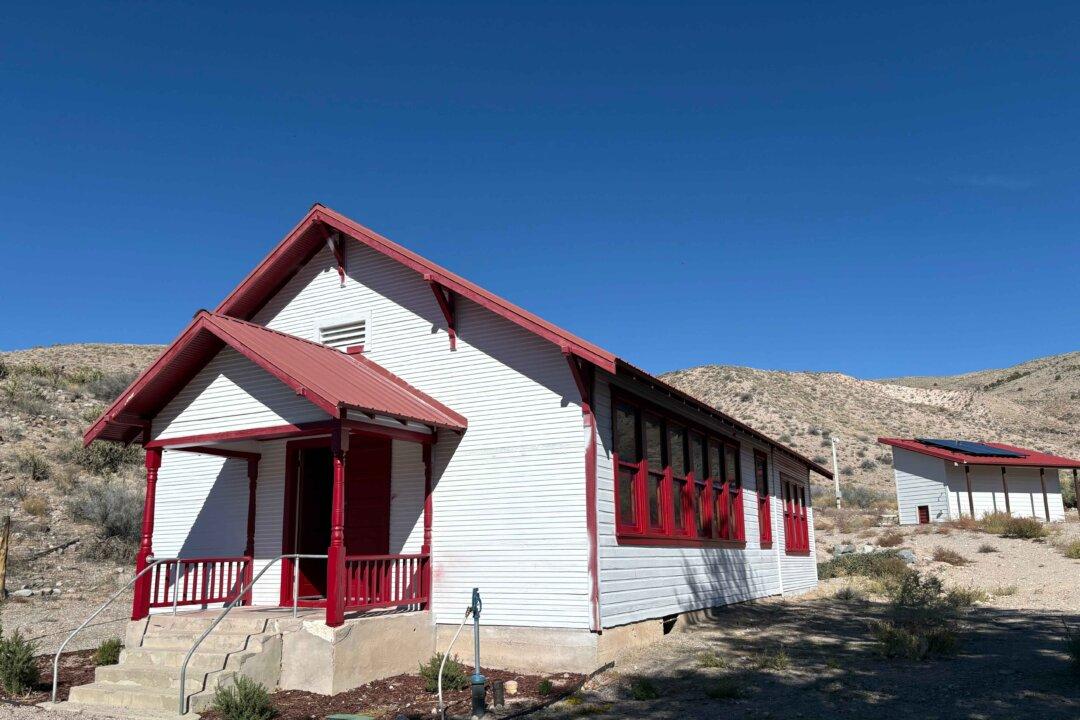Like tiny general stores or mills that dotted rural the American landscape in the 18th and 19th centuries—before the advent of malls and shopping centers—taverns were a common sight. Situated on thoroughfare country roads and in towns and villages, taverns were the gathering places for weary travelers and locals alike.
More importantly, these weren’t just a place to eat, sleep, drink, and get warm. Taverns were places to catch up on politics, news, social activities, and much more. Visitors with musical talent on instruments like a fife, fiddle, or dulcimer regularly played at taverns, too.





